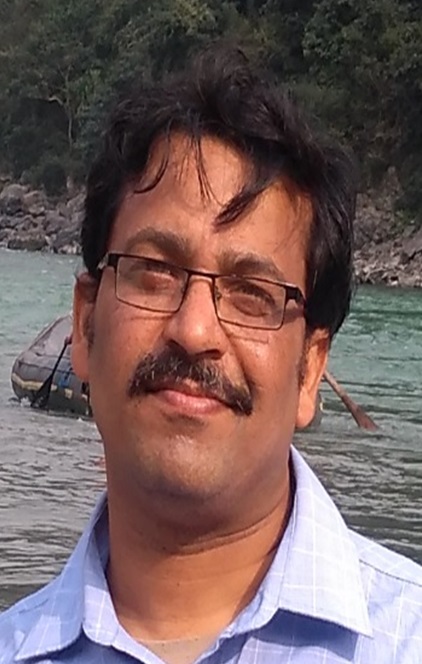Course Purpose:
The famous statement by eminent scientist R.P. Feynman: There is a plenty of room at the bottom is the driving force of the proposed course.
The concept of Nanotechnology enlightens a new world of possibilities towards a variety of Industries and Scientific accomplishments. Nanotechnology deals in the molecular or sub-molecular scale, where the manipulation of material properties may be possible because both classical and quantum effects can be active, leading to unique properties of nano devices.
Nanotechnology builds up with the inter-disciplinary approach expertise in different technology domains (e.g. Cosmetics to Construction, Entertainment to Environment, and Mobile to Medical). The major challenge of Nanotechnology is to restrict the dimension of Nanomaterials in nano-regime (10-9 m), as the group of atoms/molecules prone to agglomerate to form the bulk.
The course is designed for beginners to apprehend the fundamentals, properties, and applications of Nanotechnology and Nanomaterials in various fields. The background required for the course is a basic understanding of Physics, Chemistry, Biology, and Engineering.
Course Recommendations:
The course subjects will be delivered in self-sustained modules, which will be easy to follow with basic knowledge in Physics and Chemistry. The course will be attractive to the Learners for interdisciplinary application of Nanotechnology.
Course Objectives:
The specific goals of the course are categorized as follows:
i) To provide a critical and systematic understanding of cutting-edge technology at the forefront: from Electronics to Medical Science, Cosmetics to Construction and Entertainment to Environment.
ii) An overall concept regarding the prominence of Nanomaterials and its classification, synthesis process, different approaches: Top-down and Bottom-up, and modern instrumental techniques suited to the characterization of the micro/nano-structural properties.
iii) The commercial applications of Nanotechnology.
At the end of the course, Learners will be:
i) able to differentiate the Nanomaterials phenomena from Bulk
ii) capable of realizing the physical laws applicable in Nano-range
iii) distinguish the top-down and bottom-up strategies and their applications
iv) able to understand the physics of a quantum dot, a quantum wire, and a quantum well
v) Familiar with the synthesis strategy and different modern characterization techniques for nanomaterials.

DOWNLOAD APP
FOLLOW US